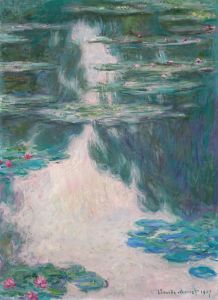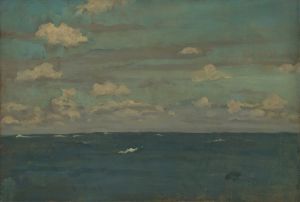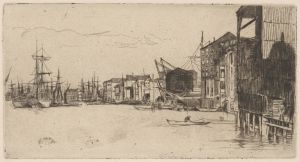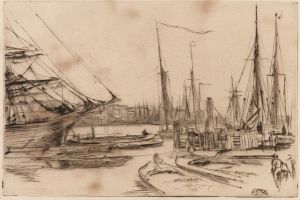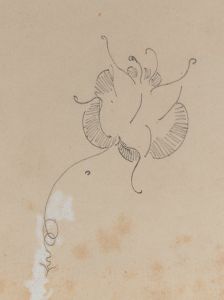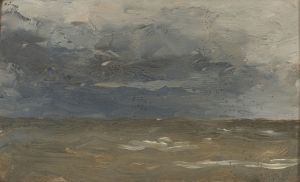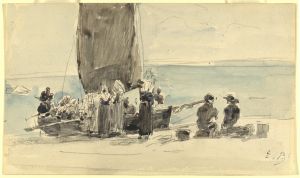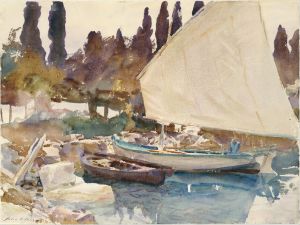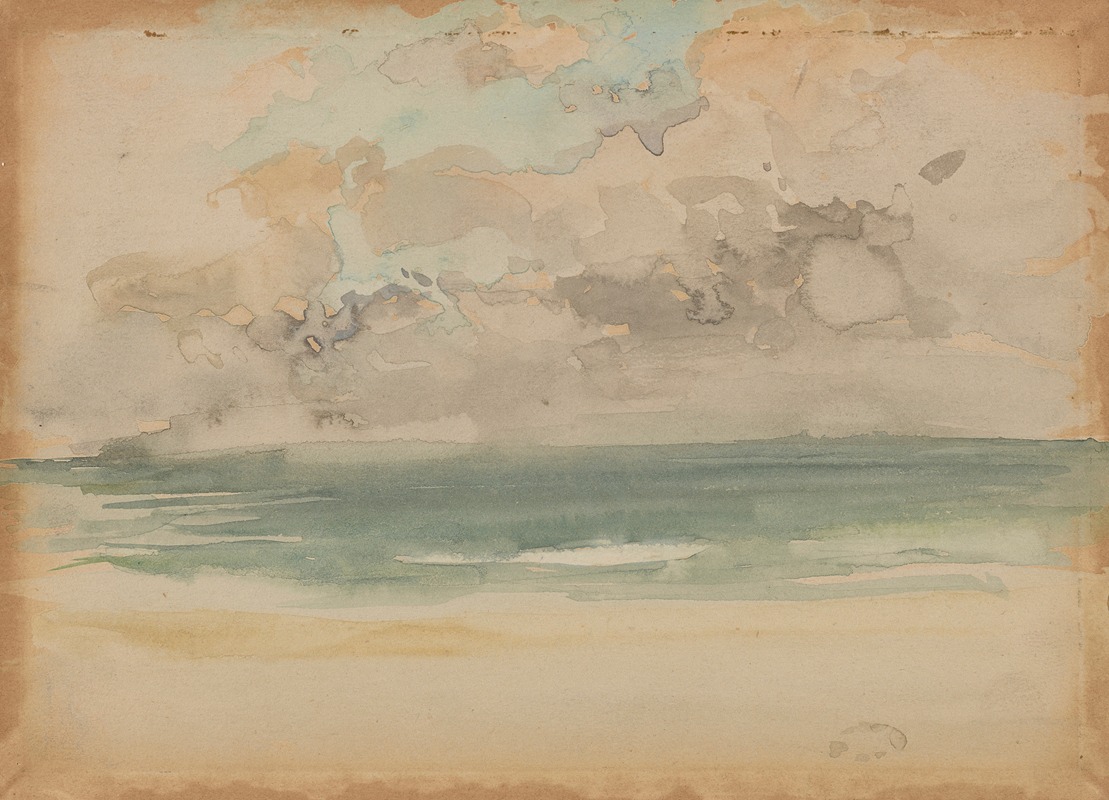
The Ocean Wave
A hand-painted replica of James Abbott McNeill Whistler’s masterpiece The Ocean Wave, meticulously crafted by professional artists to capture the true essence of the original. Each piece is created with museum-quality canvas and rare mineral pigments, carefully painted by experienced artists with delicate brushstrokes and rich, layered colors to perfectly recreate the texture of the original artwork. Unlike machine-printed reproductions, this hand-painted version brings the painting to life, infused with the artist’s emotions and skill in every stroke. Whether for personal collection or home decoration, it instantly elevates the artistic atmosphere of any space.
James Abbott McNeill Whistler was an American artist known for his significant contributions to the art world during the late 19th century. He is often associated with the Aesthetic Movement, which emphasized the visual and sensual qualities of art and design over narrative or moral messages. Whistler's work is characterized by his innovative use of color and his ability to capture the mood and atmosphere of his subjects.
"The Ocean Wave" is one of Whistler's lesser-known works, and there is limited information available about this specific painting. Whistler's oeuvre includes a variety of subjects, ranging from portraits to landscapes and seascapes, often executed with a focus on harmony and composition. His seascapes, in particular, reflect his fascination with the natural world and his ability to convey the subtle interplay of light and color.
Whistler's approach to painting was heavily influenced by his exposure to various art movements and cultures. He spent a significant portion of his life in Europe, particularly in France and England, where he was exposed to the works of the Impressionists and the Japanese art that was becoming popular in the West at the time. This exposure is evident in his use of color and composition, which often reflect the influence of Japanese prints and the Impressionist focus on capturing fleeting moments.
In his seascapes, Whistler often employed a limited color palette to create a sense of tranquility and harmony. He was known for his ability to capture the essence of a scene with minimal detail, focusing instead on the overall mood and atmosphere. This approach is consistent with the principles of the Aesthetic Movement, which valued beauty and visual harmony above all else.
While specific details about "The Ocean Wave" are scarce, it is likely that the painting reflects Whistler's interest in the sea as a subject and his ability to convey its vastness and power through his unique artistic style. His seascapes often depict the ocean in various states, from calm and serene to turbulent and dynamic, showcasing his skill in capturing the ever-changing nature of the sea.
Whistler's legacy as an artist is marked by his innovative approach to painting and his influence on subsequent generations of artists. His work continues to be celebrated for its beauty and its ability to evoke emotion through the careful use of color and composition. Although "The Ocean Wave" may not be as widely recognized as some of his other works, it remains a testament to Whistler's skill and his enduring fascination with the natural world.





